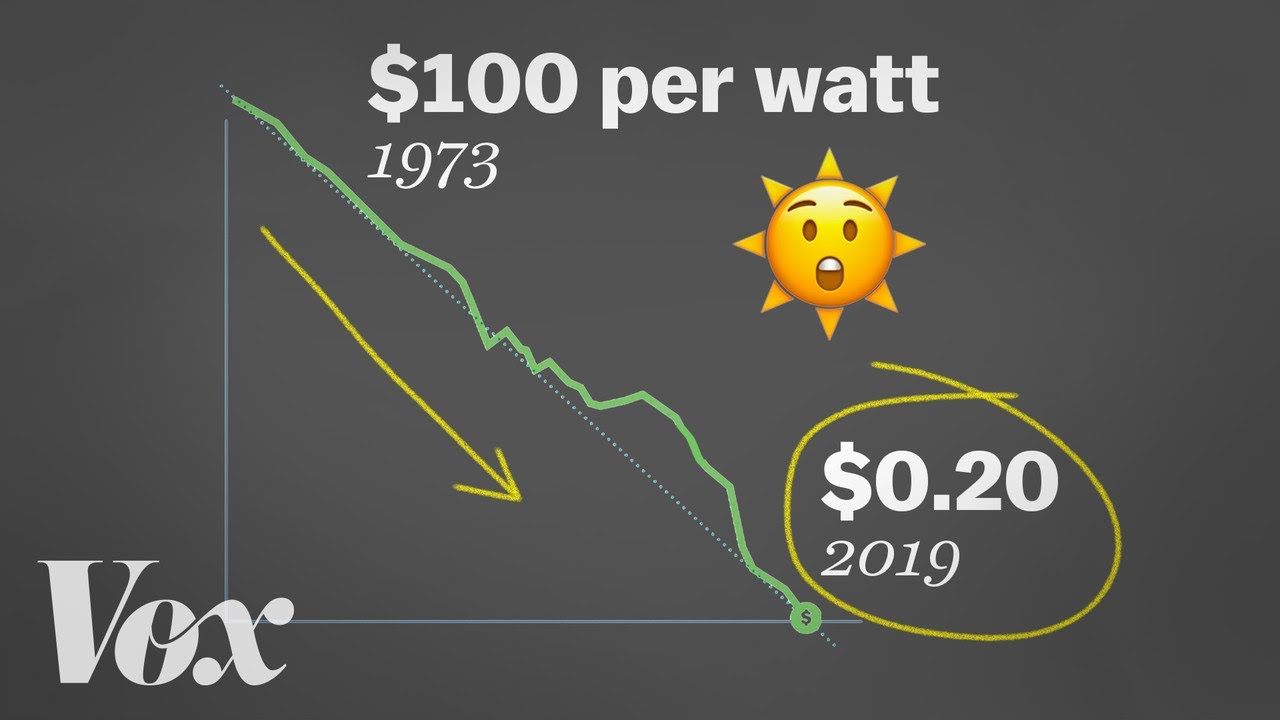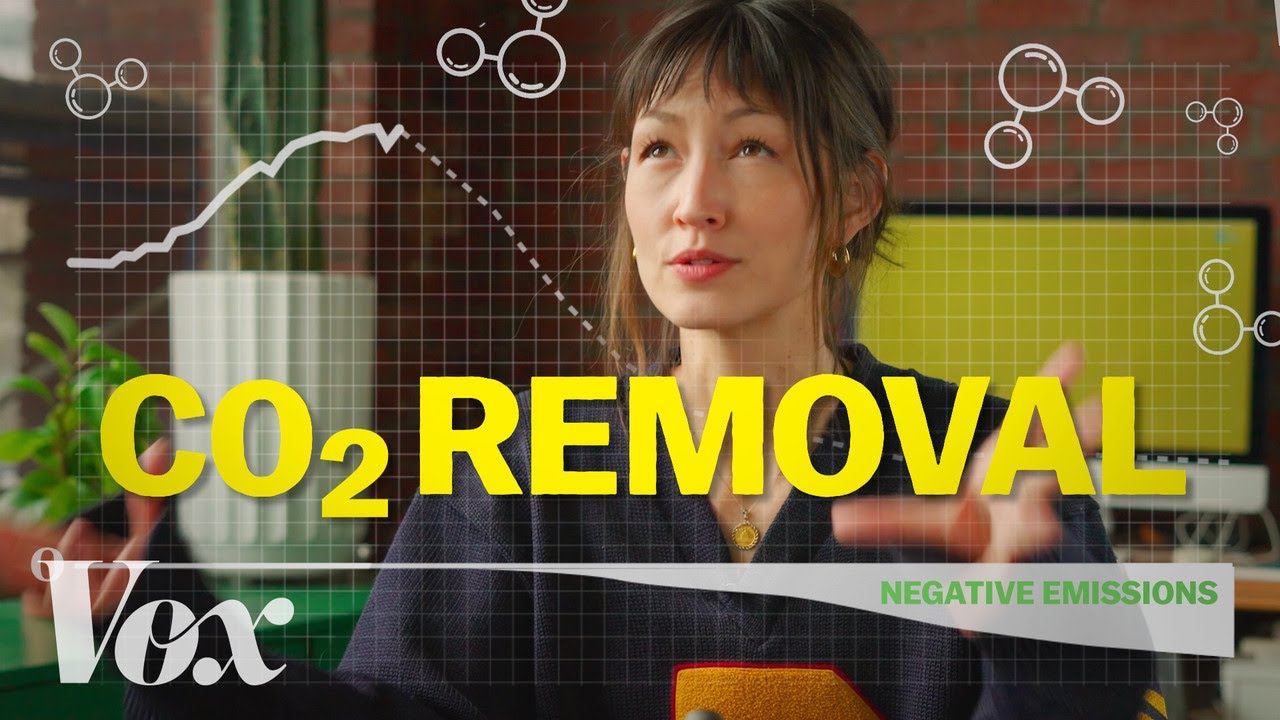Global Warming
Wow. Has any thread on this forum generated so much response, so quickly? I think that it a very positive sign that people are keen to contribute their expertise, and ask questions, about what is possibly the greatest crisis faced by mankind.
Nuclear Power. When I was involved in the exploration for, and testing of, uranium ore bodies, I was quite confident that I was on the good guys’ side. And I’m confident that if so many major economies hadn’t used so much nuclear power since WW2 (and instead had used fossil fuels) we’d be cooked already. I have no concerns about safely storing nuclear waste. There is talk of dangerous waste lasting millions of years. But waste is either highly dangerous (short half-life of its isotopes) or long lasting (long half-life), but it can’t be both. I agree with Steve that most problems have been due to human error (this is a huge topic in itself) in design, operation and waste disposal.
But things change, and so too should opinions. Firstly, uranium ores are finite, as are all orebodies. They are depleting from the first tonne mined. So, uranium fission power is not infinite. Secondly, fusion is said to be 20 years away and always will be. Thirdly, the costs of building, running and decommissioning such plants are enormous, whereas the various renewable energy alternatives are lower and falling. Fourthly, renewables, particularly solar PV, are quicker to implement, and many newer solar PV farms are built to allow grazing under and between the rows of panels (better feed, shade provision, no mowing maintenance – termed ‘agrisolar’). Fifthly, renewable facilities are distributed geographically, giving them more resilience against failure.
The furphy of ‘baseload power is needed for when the sun isn’t shining and the wind isn’t blowing’ has been discredited repeatedly, but continues to be spruiked by those with a political agenda or just a refusal to listen to those with expertise and who are not vested interests. We even had the Nationals MP (Vic) Webster supporting her case against a renewables-based grid with the assertion that wind farms don’t work at night. The power industry now looks for dispatchable (firmed) power, such as is provided by riverine hydro, pumped hydro (there are thousand of sites across Australia, 22,000 according to an ANU study), battery farms, VPP (virtual power plants across urban areas), supported by demand management (for example, aluminium smelter pot lines can be taken off-line in rotation, releasing huge amounts of electricity). Wave, tidal, hot rocks geothermal and biomass might also provide niche supplies. And, as South Australia has demonstrated, the percentage of electricity supply from renewables is far higher than the naysayers keep repeating.
I mentioned resilience above. That is what a vast distributed grid and supply network provides. It will be enhanced by the completion of the SA-NSW second connector, and perhaps by the second trans-Bass Strait connector if required.
I grew up reading text books and encyclopaedias. Now I do my research on the internet. This, of course, makes it essential to be confident about the info source and potential bias. In that regard I’d strongly suggest that any Murdoch media should be ignored; they have been discredited time and time again.
In summary, for me nuclear ranks as a better alternative to fossil fuels, but falling further behind the range of renewable alternatives. Oh, and I have solar PV and batteries, and rarely draw power from the grid.
I liked Bryan’s reference to the AMOC, and I’d add the possible collapse of the Gulf Stream from a similar cause. I’d also add the melting of the methane clathrates (frozen methane; methane hydrate) from the continental sediments north of Russia (Lavrov Shelf and elsewhere). We are already seeing very concerning signs of widespread tundra melting and methane release, and the clathrates are an altogether more serious matter. This is where we start to talk about tipping points, processes that we can no longer control or reverse. At present it seems to be an uncertain topic.
Steve and Bryan made a very valid reference to the stupidity (my interpretation) of this country whereby we just dig and ship. We desperately need to bring an enormous amount of industry back onshore. The rise of an electric society is a gold-plated opportunity to again become a serious industrial country. Added to this is the enormous concentration of ownership of our mining and even industrial sectors by overseas corporations, who have little interest in the wellbeing of Australia or Australians. To give you a feeling for our narrow economic base (mining of raw materials; farm output), we rank about 95th in the world, just alongside global industrial superpowers like Burkina Faso and Bangladesh. And we’re heading south, probably aided by our appalling performance in STEM training.
Malcolm Roberts, a compulsive denier of global warming, is wont to say that he needs to see ‘empirical research’ before he’ll change his mind (as if the whole body of relevant research doesn’t use empirical evidence). It’s as if he thinks that he is smarter than thousands (millions) of the world’s scientific researchers who hold the contrary opinion. His ilk can’t be persuaded. Another classic Australian denier is Professor Ian Plimer, who wrote a book ‘Heaven and Earth’. It tends to be used as a key reference by the likes of Roberts, yet is so full of contradictions that there is a web site (Plimer vs Plimer: a one man contradiction) that excoriates his mischief.
Southern Hill Fan provided extensive, useful analysis; it’s great to have the folks on this forum providing comment from their respective fields of expertise. He noted the huge amount of diesel burnt in the mines that provide the coal. Having choked on diesel exhaust in underground mines I am in furious agreement with him. Not only is diesel described by some as the new asbestos, the particulates from open cut mines are deemed to be a causal factor in respiratory diseases in places like the Hunter Valley. However I beg to differ about wind power, specifically that it tends to not blow at night in Australia. This web site Nem Watch | RenewEconomy suggests to me that wind power supports hydro between the daytime solar peaks.
Hydro is tried and proven, but its impacts include drowning fertile river flats. Australia has only about
6% arable land, and we can’t afford to lose any. Further, the downstream impacts include the release of near-freezing water from deep in the reservoir, impacting downstream ecology. There are many instances of dams being demolished in the USA and Europe. In contrast, the favoured pumped hydro sites are generally in mostly dry watercourse with sufficient elevation differences between top and bottom reservoirs.
I also am inclined to disagree with natural gas being cleaner than coal. Once the effects of fugitive emissions of methane are taken into account, studies indicate little difference. These emission occur from ground fracturing, leaks around drillhole casing, pipeline leaks and even leaks further on. Furthermore, the damage from exploitation of tight gas & oil is significant, and the wells have a short life giving a poor ROI.
Any discussion of gas in Australia needs to address the gaming of the system by the gas industry in South Australia. They used the 30 minute rule to bid up the price (after removing their supply briefly), offering electricity at something like $14,000 / kwh instead of $150 or so. Then they fought the implementation of an alternative, a 5-minute rule, aided and abetted by the previous federal government. The Hornsdale battery used its ability to supply FCAS services to save the SA consumers about $140 million over two years.
Batteries
I’m not particularly au fait with all the developing battery technologies, and am unsure of SHF’s lumping gel batteries in with lead acid. I thought that zinc-bromine flow and gel batteries were going to be a significant in the stationary battery market (Redflow; Gelion), being non-combustible, very long life and able to be fully charged and discharged endlessly. Can you explain, SHF?
I noted an article this week about a new product from CATL, the world’s largest manufacturer, that is Li-based and has an energy density about 4 times the current norm. They are going into production, so it’s more than a theoretical product. It seems that every week there is a new type of battery in research or production. The permutations of anode, cathode and electrolyte is astounding (at least, to me).
I agree with the doubts about ‘green hydrogen’ and the more favourable production of ammonia for transport. But I think that ‘cytogenetic’ should be ‘cryogenic’. Also, SHF, what do you mean when you say that ‘ammonia contains more hydrogen than hydrogen’? Presumably your comparison is volumetric, rather than mass percentage.
Solutions / The Future
Your decarbonised future section, SHF, contains a heap of useful actions. I see a key takeaway from that list as the complexity of the solution. It will not be a few simple, painless ideas, or be purely technological. There will be a strong behavioural element.
In the short term, the federal government needs to get serious about fuel efficiency standards. Even now they talk about further studies while the rest of the developed world moves on, and we are threatened with being the dumping ground for ICE (internal combustion engines). They need to stop listening to the likes of Toyota who are demonstrating complete disinterest with an electric future. Another immediate need is to both roll out more charging stations for long distance travel and for people who can’t charge at home, and to focus on the maintenance of those stations. Inoperative charge points is a serious impediment to the rollout of EVs.
EVs have two obvious immediate foci; fleet procurement (for state govt, federal govt and companies) and the second car in two car families.
Green steel is another essential development. In current steel production, using metallurgical (or coking) coal to produce coke gives the process structural strength in the blast furnace for air movement and provides the carbon. I asked a metallurgist how electric arc furnaces (which are being introduced in Europe) provided this carbon, but he couldn’t tell me. Anybody here know the answer?
Geothermal
As SHF noted, the Australian landmass sits on a single tectonic plate, hence no plate boundary (subduction or spreading) geothermal potential. The investigations a few years ago were focussed on hot rock geothermal, where deep drillholes could inject and recover water/steam from areas of steep geothermal gradients, such as granite bodies containing anomalously high concentrations of radioactive elements. I think that the cost-benefit was not good enough to commercialise.
I don’t think that wave generators are a scam. Installations in Scotland and Portugal suggest great potential. Also, the King Island pilot scheme seemed to achieve a desirable result. CSP (concentrated solar thermal), while apparently being sidelined by cheaper renewables, is not dead. Vast Solar’s Port Augusta facility is still going ahead, backed by ARENA, and has the advantage of providing firmed electricity, unlike the cheaper PV farms.



